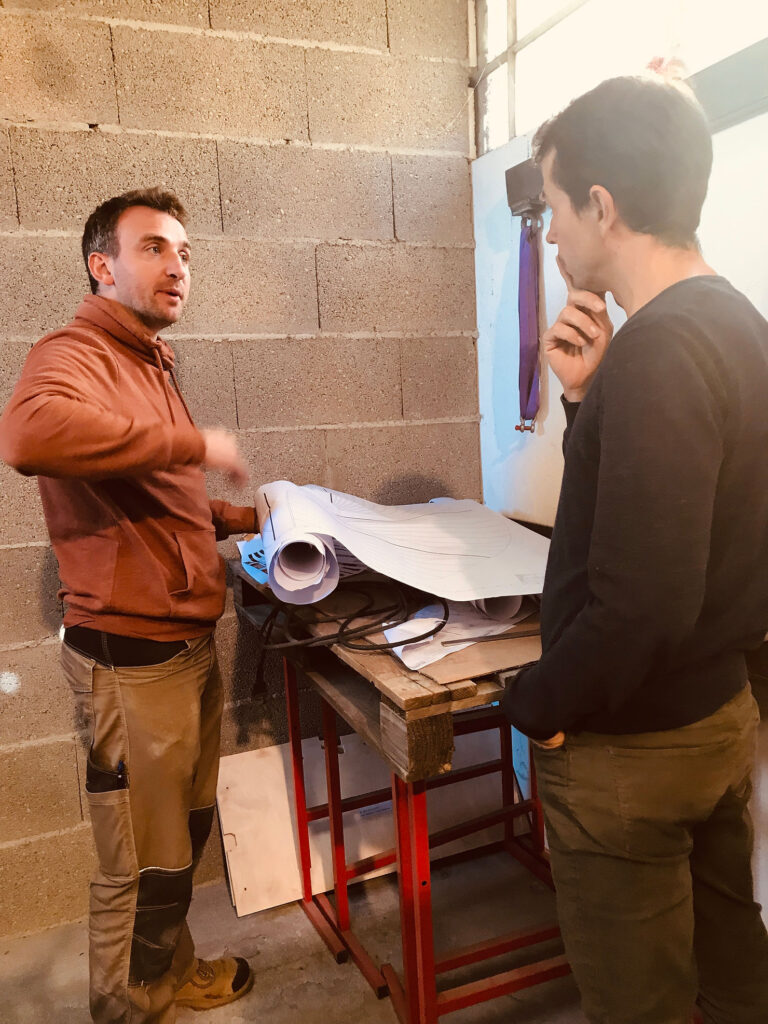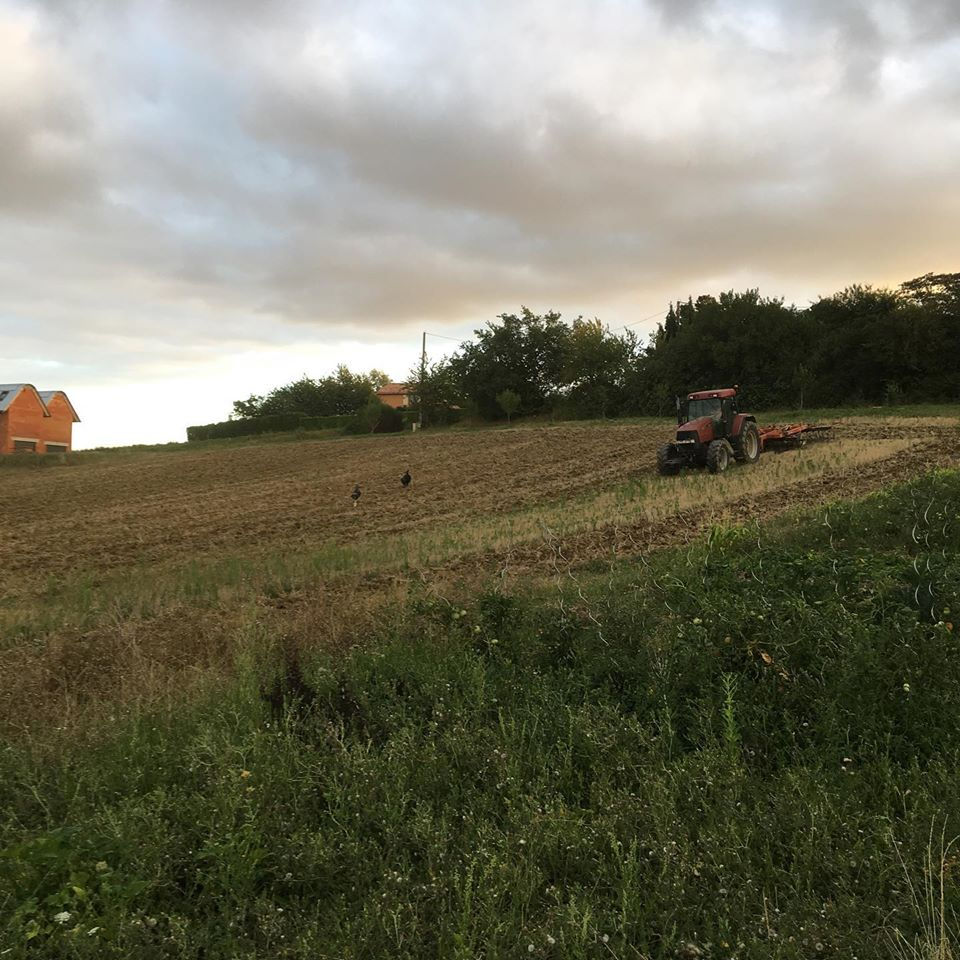Are you a cereal grower looking for ways to make the most of your wheat production? There are many strategies to adopt, and we can help you to develop your business in a well-thought-out way. Your cereal production needs to attract new customers and enable you to counter the economic and environmental crises that are weighing on your farm. To achieve this, it would seem that processing your own wheat is the key. Let’s find out how to give your business a new lease of life in just a few steps.

Process your own produce
Until a few years ago, it was rare to see a cereal farmer worrying about anything other than producing cereals. Working the land and growing crops was the only thing farmers did on a daily basis. The wheat was then sold to industrialists or millers, who processed the cereal themselves and used it as they wished.
A new trend is emerging: many farmers are choosing to take back control and process their cereals, in order to stay as far away as possible from the supermarket channels, and at last make the most of their know-how.

What better way to make the most of your wheat production than to control everything: from the choice of seed to the finished product, by choosing to process your own cereals you can create products that meet all your requirements.
Learn about the milling industry to understand the issues involved
To successfully process your wheat and get the most out of your production, you need to learn how to mill it quickly! By choosing the right mill, you’ll be able to produce quality flour, which will then help you design rich finished products.
To choose the right mill, consider the following points:
1) The quality of the flour produced
If you want to make the most of your wheat production, which is usually organic, you need to do everything you can to retain as much of the cereal as possible. To create top-of-the-range wheat flour, it’s all about the nutrients. You need to choose a mill that respects the grain in its entirety, and preserves as much of the protein, fibre and minerals in your cereal as possible: the organic wheat you’ve taken so long to produce is rich, so why waste it by turning it into white flour with a mill that oxidises the grain? Opt for a mill with a slow rotation speed, which will allow you to unroll the grain, rather than crushing it: you’ll get quality wholemeal or semi-wholemeal flour that’s healthy and full of flavour.
To produce this type of flour, we recommend the Astrié mill. Its Sidobre (Tarn) granite millstones are ideal for your cereal processing!
2) The rate of return
The idea is to find a mill that offers you a high enough yield so that you can make the quantity of flour you need for your finished products. Draw up a business plan, so you know how much bread, pasta, biscuits, cakes or pastries you need to sell in order to be profitable. Need help with this? Let’s take stock together, that’s what we’re here for too!
Based on this, set yourself a quantity of flour to produce per month.
The Astrié mill offers two sizes of millstone:
- The small 50 cm diameter millstone allows you to produce 15 kilos of flour per hour. With the automatic extraction and bagging system, you can run the mill continuously, producing 300 kilos of flour per 24 hours, or 6 tonnes per month.
- With the large 1 metre diameter model, you can produce around 30 kilos of flour per hour, or 12 tonnes per month.
Ceralier: yes, AND Committed Producer
And when your high-quality, inimitable-tasting, perfectly healthy flour is finally produced, you need to know how to show it off in every finished product you offer your customers.
When consumers come to buy directly from producers, they have only one thing in mind: to find healthy products.
So the strategy for standing out from the crowd is to come up with recipes that are good for their health: wholemeal bread, cereal bread, wholemeal pasta, wholemeal and wholemeal sugar biscuits… Little by little, healthy foods can make their way onto your farm!
Looking for examples of customers who’ve taken the plunge? Contact us and we’ll give you ideas and inspiration to help you see things more clearly!
Cereal production is a sector in the throes of change. Short distribution channels are increasingly popular with consumers, so if you want to make the most of your wheat production, you’re on your own and you can think ahead! Becoming a miller and a farmer-baker opens up some exciting career prospects! And don’t panic, you’re not alone: if you decide to produce your own flour, the Astrié mill training course is there to support you! So, are you ready to get started?


